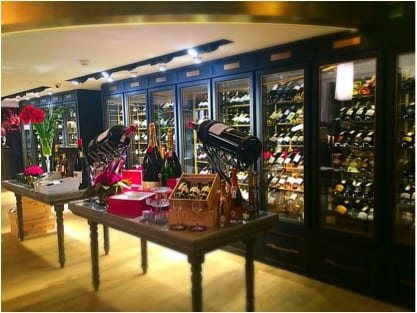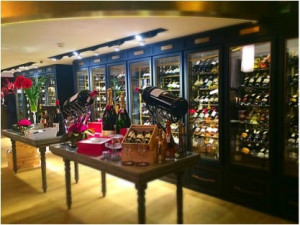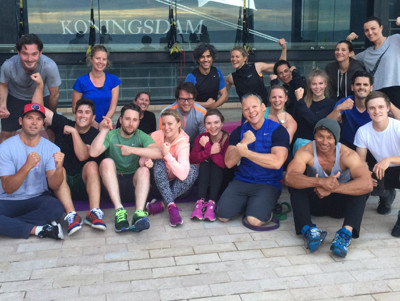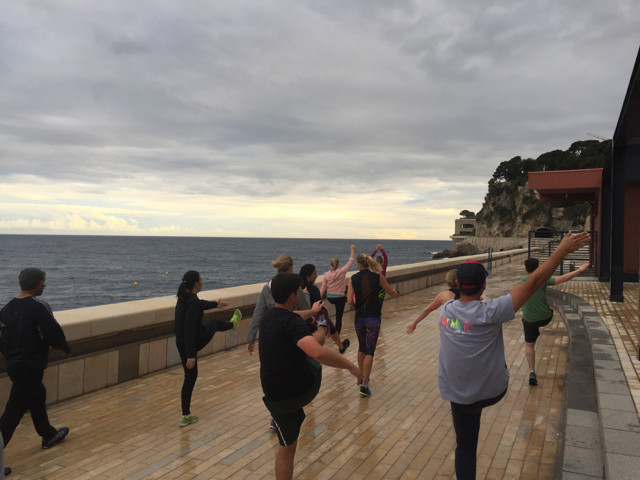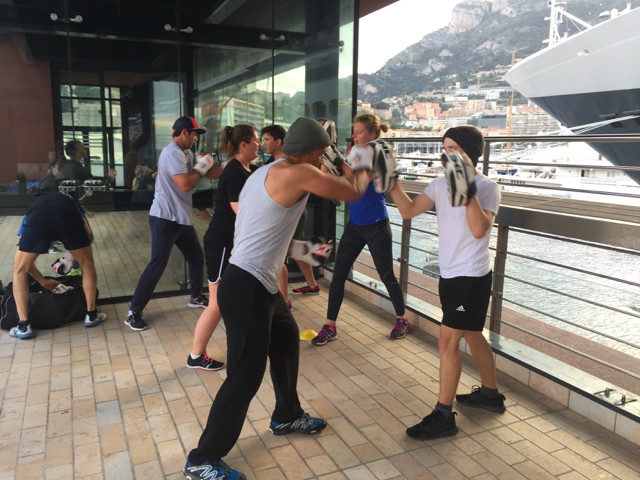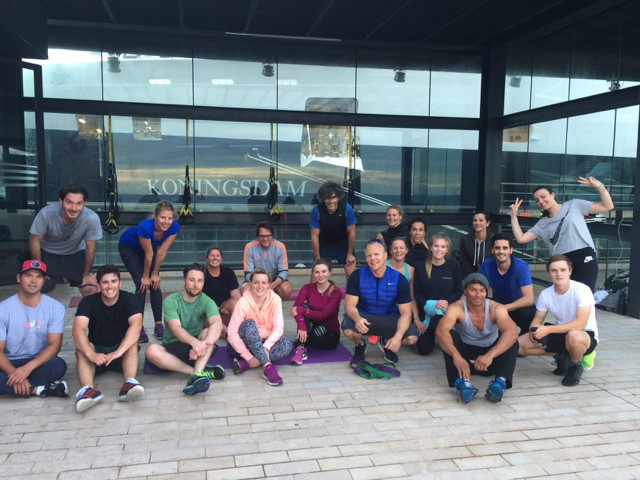
Nestled in the village of Limone Piemonte, and steps away from the Riserva Bianca ski slopes, a new boutique hotel and spa has opened, with a very close connection to Monaco.
Owners, and friends, Antonio Lombardi and Jean-Louis Coletti have long enjoyed Limone Piemonte, in the Italian region of Piedmont, which in the early 1900s was one of the region’s most popular ski resorts thanks to its train access.

“In the Sixties and across to the Eighties, there was real boom in tourism here,” Mr Lombardi explained. “When that stopped, hotels losing money were turned into apartments and local businesses dwindled.”
Mr Lombardi and Mr Coletti, both from Monaco, decided something needed to be done. “Even though we are not in the hotel business, we wanted to help bring tourism back to Limone Piemonte, so on July 1 we opened a hotel and spa, Fiocco Di Neve Relais.”

A 90-minute drive from the Principality, the family-friendly region – with Riserva Bianca’s 80 km of slopes during winter and 400 km of explorable trails in the summer – has seen an increasing number of tourists from across Europe.
“There’s so much to discover in the region and it’s not far from Monaco. A large number of cyclists are heading here to discover the area on electric bikes,” said Mr Lombardi. “Recently we had a Canadian couple from Nice, hikers, who booked one night and stayed for four.”
Certainly the endless trails and breathtaking landscapes are part of the allure, but the 1200 sqm Fiocco Di Neve Relais luxury hotel also plays a role. Originally, the building was a relais de poste from the 1850s but the premises have now been divided into residences and the Fiocco Di Neve Relais hotel with 12 rooms, each named after the peaks surrounding Limone Piemonte, such as Monte Murin, Monte Vecchio and Rocca dell’Abisso. (Two additional Suites will be added before Christmas.)


Families, Fido and free snacks
Tastefully furnished using stone and wood finish, the rooms at the year-round hotel are divided into three categories of Comfort, Romantic, and Junior Suite. The latter can be converted into family accommodation with three large family rooms and an independent entrance.
“Families are important to us and we welcome children and dogs,” Mr Lombardi assured. Each room offers a special “Mom & Baby” kit – a bag containing baby soap, baby bath foam, baby shampoo, panthenol baby cream, baby slippers, a baby bathrobe (4-6 years) and a colouring book. A babysitting service is available through the hotel.
Medium size pets are also given a special welcome, with a bowl, personal bed and a toy in the room.
“Buongiorno” (Good morning!) is important in Italy and so breakfast offers a large variety of fresh, homemade and gluten-free products. The Breakfast Room also serves as a place to gather post-ski or hiking, by offering guests free snacks every afternoon.

Two firsts for the village: luxury spa and bar
“We have Limone’s first luxury spa, 250 sqm dedicated 100 percent to wellness,” Mr Lombardi explained. “And for us, it’s all about service.”
The wellbeing centre offers a wide range of signature, relaxing, beauty and sports treatments, as well as a Finnish sauna, Turkish bath and Jacuzzi, all at the disposal of guests. Additionally, there’s a footbath (ideal after a day of skiing, an emotional shower, and work out room with Technogym equipment.
Fiocco Di Neve Relais is 200 metres from the old town, a pedestrian zone with boutique shops, pizzerias, gourmet restaurants and a cinema.
The hotel’s chic Jardin d’Hiver – “WHITE” – a soundproof and heated bar with a spectacular copper-glass roof will open before the Christmas holidays. “After dinner, there’s no much to do in the village. We wanted to offer guests a space where they can enjoy a nightcap over jazz before retiring to their rooms.”

Holiday getaway and packages
An ideal holiday escape, the hotel will be open for Christmas and New Year’s, as well as across the winter season. In addition, they are offering three special foodie packages (two nights, breakfast included) from March 18 to April 29, 2018, which range in prices from €210/person up to €625/person for a Michelin-star experience. See the website for details.
The Fiocco Di Neve Relais & Spa is on the main pedestrian street, accessible by car and mobility friendly with free private parking for each guest. See www.fioccodineverelais.com. Article first published November 29, 2017.
